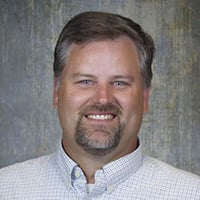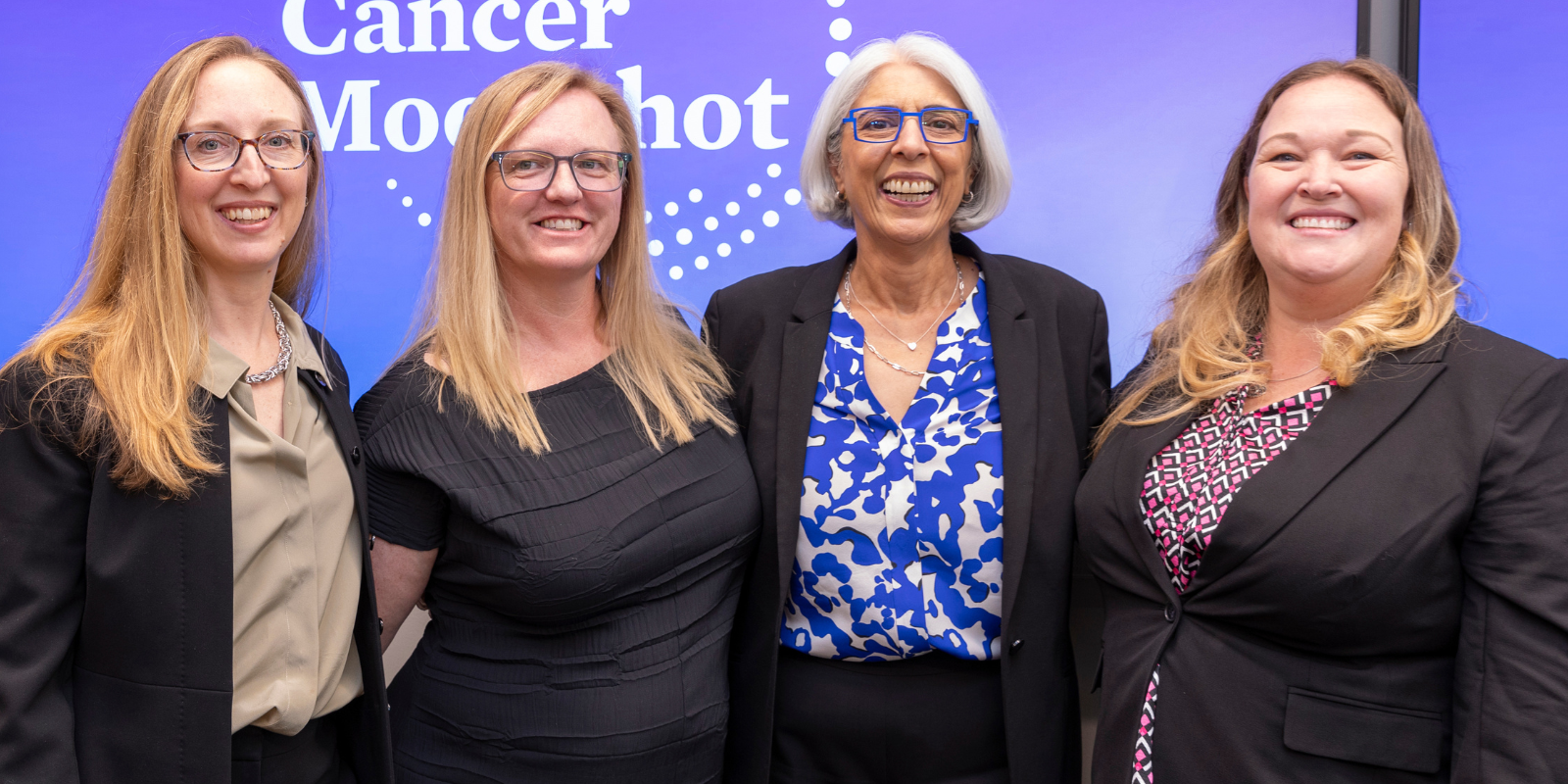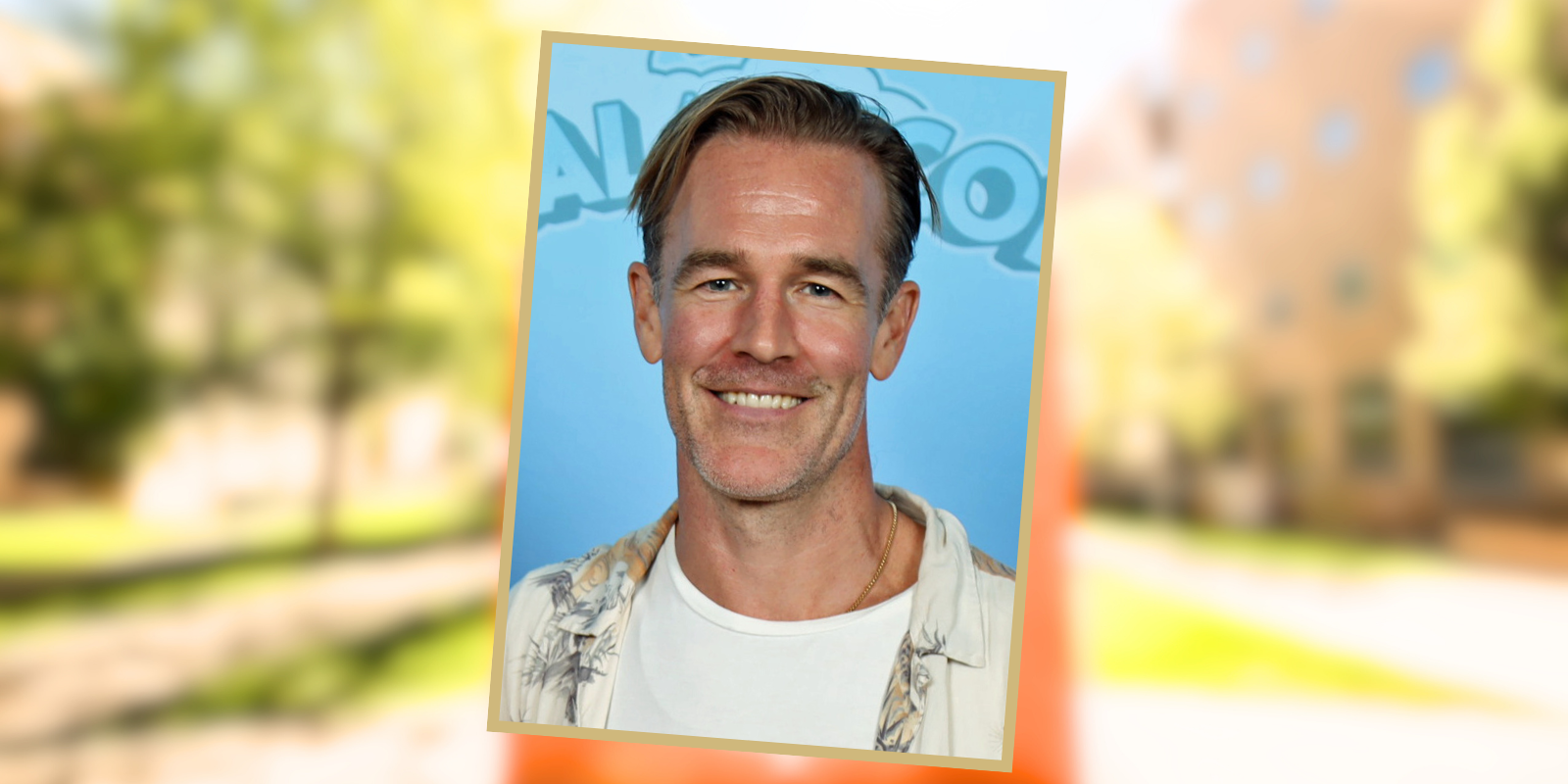It didn’t take long for Jamie Studts, PhD, to notice a big difference between Kentucky, where he worked for 13 years in the Department of Behavioral Science at the University of Kentucky College of Medicine, and Colorado, where he was recently appointed Co-Leader of the CU Cancer Center Cancer Prevention & Control Program: “After my recruitment, I was on a visit to search for a house and I went to a bar with some family who live in the area. Outside there were 100 people and not one of them was smoking. There were maybe two or three people vaping, but nobody was smoking. That’s pretty different in Kentucky,” he says.
For Studts, it was more than just an interesting observation. With training in clinical psychology and a history of research in behavioral factors that influence the use of lung cancer screening, Studts is a leading expert in the psychosocial aspects of tobacco use and lung cancer. Now his challenge is to help patients, doctors, policy makers, and health systems navigate a paradigm shift in the way we prevent, diagnose, and treat the disease.
One of these challenges is to help Colorado and the rest of the country get up to speed with the nationwide implementation of lung cancer screening. The United States Preventative Service Task Force recommends lung cancer screening for people 55-8o years old who have a 30 pack-year history of smoking (each pack-year is 20 cigarettes smoked every day for a year). However, a National Cancer Institute study found that only 5.9 percent of people in this high-risk group actually received the recommended screening. At CU Cancer Center, Studts will be working with ongoing projects by researchers including Cathy Bradley, PhD, and Russel Glasgow, PhD, to understand the barriers that keep high-risk individuals from completing this recommended screening.
One of these factors is stigma.
“We have lung cancer screening – what’s slowing down our efforts to make it available to everyone who could benefit? Part of the answer is stigma,” Studts says. For example, one of his studies found that nearly half the participants did not let their spouses know they had gone for lung cancer screening.
“If a woman who is eligible for mammography tells a friend she decided against it, the stigma is the opposite – the friend will talk her into it. With lung cancer screening, that’s not the case. People still feel like they need to hide their lung cancer risk and status,” Studts says.
Interestingly, Studts sees the problem of lung cancer stigma through the lens of having grown up in a family with a strong anti-smoking bias.
“Of my four grandparents, three lived past 96 and one didn’t make it to 55. Guess who was the tobacco user?” he says. When his grandfather passed away early from cardiovascular disease, Studts’s grandmother became a passionate anti-smoking advocate. “My grandmother got remarried to an American Legion guy,” he says. “It was a heavy tobacco-using community, smoke filled room after smoke filled room. But whenever someone sat smoking next to her, she would take out a battery powered fan and blow it back at them. That’s how I grew up thinking about smoking. But growing up with this attitude forced me to become aware of and deal with my own biases. Now I see that lung cancer stigma kills – it keeps people from getting the screening and treatment they need.”
Instead of blaming smokers, Studts sees this common cause of lung cancer as a societal challenge.
“Society blames the individual when society also endorsed smoking at high rates.
Part of the problem is we don’t approach individuals at risk or diagnosed with the same empathy, compassion and support that we do individuals diagnosed with breast, prostate, pancreas, and other cancers. Society rallies around other cancer patients to say we value you, you’re special. But you want to shut down a conversation, mention lung cancer,” he says.
Studts saw an expression of this stigma in an elementary school anti-smoking program.
“They had kids make drawings of individuals who use tobacco – you should have seen the way children depict them. We train them very early to think about ‘smokers’ in this light. I understand that we want to teach kids about the dangers of smoking, but aren’t there better ways to do this with compassion and empathy?”
Studts also explores lung cancer survivorship care, with the goal of developing tools to increase quality of life in these long-term and former patients. It’s a new line of research, in large part because until recently very few people survived the disease long enough to worry about quality of life.
“Individuals diagnosed have not had a good prognosis – they’re diagnosed at a late stage and treatments haven’t been especially successful. However, innovations in care from prevention to end of life care have changed the landscape for lung cancer. It’s infused a new optimism and hope that we’re trying to leverage to overcome the fatalism and stigma that have been associated with lung cancer diagnosis.”
These innovations were an important factor in Studts’s decision to leave his work in Kentucky for his position at CU Cancer Center.
“Colorado has an embarrassment of riches when it comes to research in lung cancer. Folks here have been on the pioneering edge of lung oncology care, from the center’s founder, Paul Bunn, to work in targeted treatments for lung cancer by people like Bob Doebele, Ross Camidge, and the research of York Miller, Evelynn Borrayo, Bob Keith and so many others. It’s a great place for me scientifically with the landscape of lung cancer in Colorado allowing us to test some of our ideas developed in Kentucky, especially in reaching Colorado’s wide-open spaces that still experience high smoking and high rates of lung cancer.”
That idea points to another direction in Studts work, namely in reaching underserved populations in communities beyond the immediate reach of National Cancer Institute-designated cancer centers.
“We want to layer on behavioral science and community-based approaches on top of the excellent work being done here on the population health side to make sure the innovations being developed here benefit all Coloradans. It’s not easy to make sure these things are available in the community,” Studts says. “We can lead in developing new strategies only as long as we develop things that can’t only be done here.”
Lung cancer used to be a nearly uniformly fatal disease, relegated to the shadows of cancer care by the feeling that patients were to blame for their own condition. Now, new lung cancer treatments are helping patients live longer, better lives and we are understanding the condition’s causes more from the perspective of culture and addiction than as a personal failing. Since its founding, CU Cancer Center has been at the forefront of lung cancer research and care. Now with the recent recruitment of Jamie Studts, the center will continue to push the boundaries of understanding of the behavioral, cultural, societal, and individual factors that allow lung cancer patients and survivors live longer, better lives.




